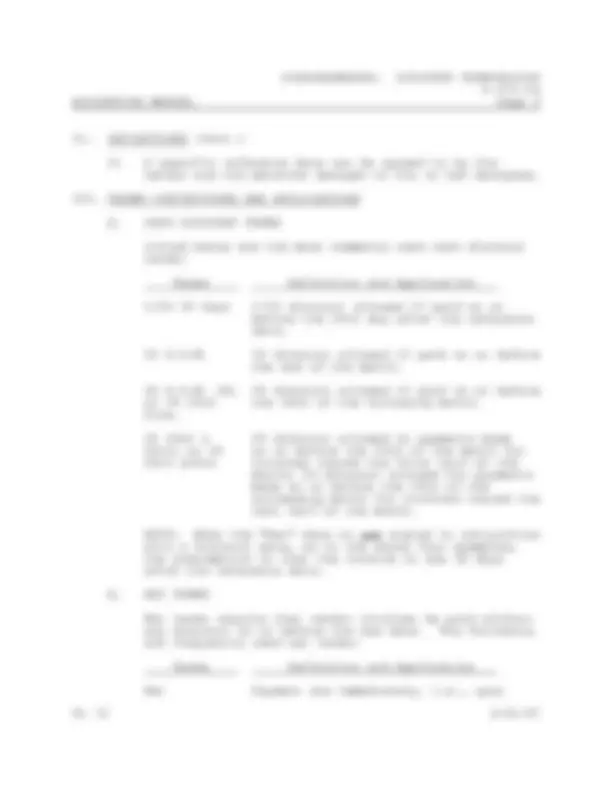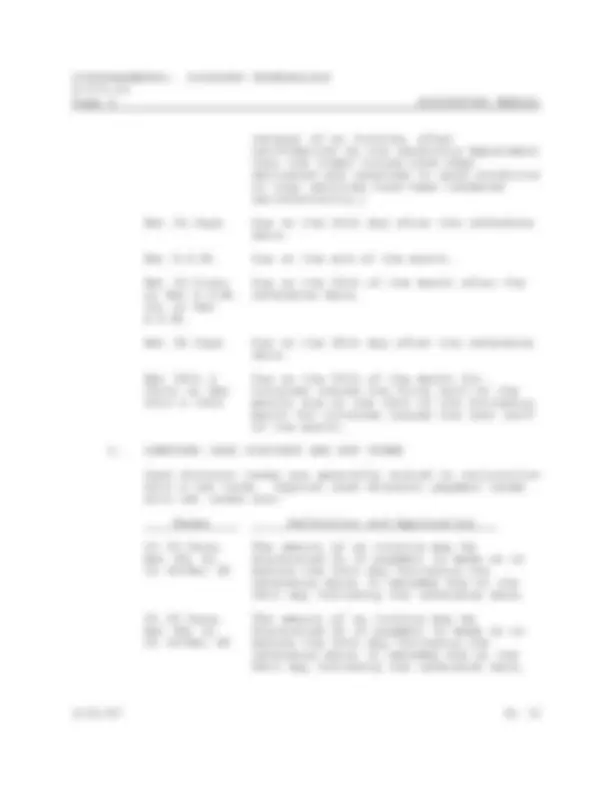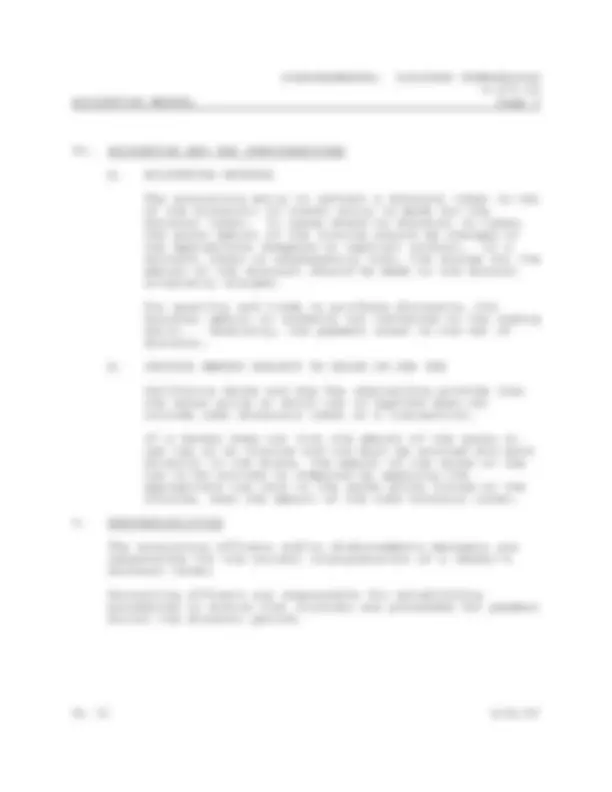





Study with the several resources on Docsity

Earn points by helping other students or get them with a premium plan


Prepare for your exams
Study with the several resources on Docsity

Earn points to download
Earn points by helping other students or get them with a premium plan
Community
Ask the community for help and clear up your study doubts
Discover the best universities in your country according to Docsity users
Free resources
Download our free guides on studying techniques, anxiety management strategies, and thesis advice from Docsity tutors
An overview of common vendor discount terms, including cash discounts, net terms, and compound discounts. It defines each term, explains their application, and discusses accounting and tax considerations. It also outlines the responsibilities of accounting officers and disbursements managers in processing invoices within the discount period.
What you will learn
Typology: Lecture notes
1 / 6

This page cannot be seen from the preview
Don't miss anything!




Contents
- D-371- Page 2 ACCOUNTING MANUAL
This chapter describes the types of discount and payment terms commonly offered by vendors to the University.
II. DEFINITIONS
The following terms applicable to vendor discounts are defined below:
Cash Discount - An allowance extended by a vendor to encourage payment of an invoice on or before a stated date that is earlier than the NET (due) date and which is agreed to by the vendor and the payor.
Quantity Discount - An allowance extended by a vendor on the basis of the quantity or value of a purchase, irrespective of when payment is made.
Trade or Purchase Discount - A reduction in the established prices of items or services allowed by the vendor, irrespective of when payment is made. The percent may vary according to the volume of the transaction.
Rebates or Incentives - An incentive offered by a supplier to provide additional consideration or compensation to encourage the purchase of goods and/or services from that supplier. See Part 1 and Part 3, Section V of Business and Finance Bulletin BUS-43, Materiel Management, for information on University policy and procedures in connection with purchase orders or contracts that contain incentive or rebate components.
Reference Date - The date used to determine the start of the discount or due-date period. The date can be determined in one of the following ways:
Page 4 ACCOUNTING MANUAL
receipt of an invoice, after confirmation by the receiving department that the items listed have been delivered and received in good condition or that services have been rendered satisfactorily.)
Net 10 Days Due on the 10th day after the reference date.
Net E.O.M. Due at the end of the month.
Net 10 Prox; Due on the 10th of the month after the or Net E.O.M. reference date. 10; or Net E.O.M.
Net 30 Days Due on the 30th day after the reference date.
Net 10th & Due on the 25th of the month for 25th; or Net invoices issued the first half of the 25th & 10th month; due on the 10th of the following month for invoices issued the last half of the month.
C. COMPOUND CASH DISCOUNT AND NET TERMS
Cash discount terms are generally stated in conjunction with a net term. Typical cash discount payment terms with net terms are:
Terms Definition and Application
1% 10 Days, The amount of an invoice may be Net 30; or discounted 1% if payment is made on or 1% 10/Net 30 before the 10th day following the reference date; it becomes due on the 30th day following the reference date.
2% 10 Days, The amount of an invoice may be Net 60; or discounted 2% if payment is made on or 2% 10/Net 60 before the 10th day following the reference date; it becomes due on the 60th day following the reference date.
ACCOUNTING MANUAL Page 5
The accounting entry to reflect a discount taken is net of the discount; no credit entry is made for the discount taken. In cases where no discount is taken, the gross amount of the invoice should be charged to the appropriate (expense or capital) account. If a discount taken is subsequently lost, the charge for the amount of the discount should be made to the account originally charged.
For quantity and trade or purchase discounts, the discount amount is normally not reflected on the coding skirt. Generally, the payment shown is the net of discount.
B. INVOICE AMOUNT SUBJECT TO SALES OR USE TAX
California Sales and Use Tax regulations provide that the sales price on which tax is applied does not include cash discounts taken on a transaction.
If a vendor does not list the amount of the sales or use tax on an invoice and tax must be accrued and paid directly to the State, the amount of the sales or use tax to be accrued is computed by applying the appropriate tax rate to the sales price listed on the invoice, less the amount of the cash discount taken.
V. RESPONSIBILITIES
The accounting officers and/or disbursements managers are responsible for the correct interpretation of a vendor's discount terms.
Accounting officers are responsible for establishing procedures to ensure that invoices are processed for payment within the discount period.